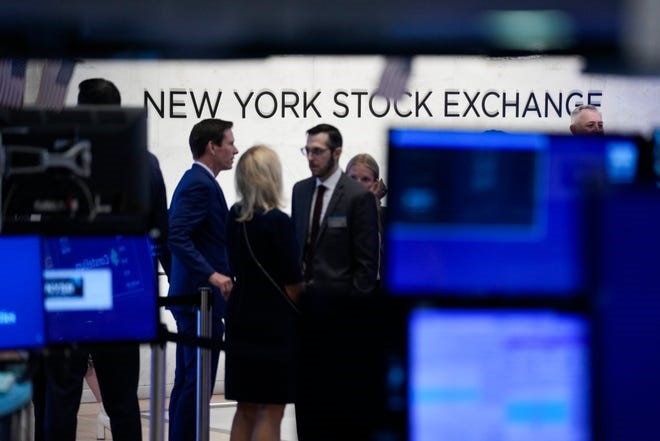The U.S. economy is entering the second half of 2023 much stronger than anticipated. The American economy is benefitting from broad-based momentum despite rising interest rates. For more than a year, there have been warnings that a recession would hit the U.S. Some economists now believe there may be a “soft landing” in which growth slows but households and businesses spend enough to avoid a full-blown recession.
The Commerce Department reported on June 28 that our gross domestic product (GDP) increased at an annual rate of 2% in the first quarter of 2023. S&P Market Intelligence expects our GDP to grow 1.7% in the second quarter of 2023. Carl Tannenbaum, chief economist at Northern Trust, said, “We have systematically underestimated the resilience of the American economy.”
Analysts point to two trends that may help to stave off an economic contraction:
- We are experiencing a rolling recession in which only some industries are shrinking.
- Major job cuts have been concentrated in higher-paying industries such as technology and finance. These professionals have the financial cushions to withstand layoffs and can continue to spend.
Consumer spending increased at a 4.2% rate in the first quarter. That spending, fueled by a strong job market and rising wages, helped offset declines in other sectors of the economy like business investment and housing. The Wall Street Journal reported that “Americans’ expenditures on long-lasting durable goods rose at a 16.3% annual rate in the first quarter.”
Federal Reserve Chairman Jerome Powell recently said, “If you look at the data over the last quarter, what you see is stronger-than-expected growth, tighter-than-expected labor markets and higher-than-expected inflation.” In recognition of these facts, most Federal officials expect two more interest-rate hikes in 2023. Currently, overnight rates range between 5% and 5.25%. Powell commented that because the Fed raised rates aggressively in 2022, he feels that there has not been enough time to determine the impact of those increases on economic activity.
The continued strength of the U.S. economy has posed policy challenges for the Federal Reserve. On the one hand, economic growth has slowed but not stalled. On the other hand, forecasters worry that it will be difficult to bring down inflation to 2% as long as consumer spending remains strong.
For the most part, the economy has shown strength. Economists were surprised at the pace of new home sales rising by double digits in May. Builders continue to benefit from limited inventory in the resale market.
The labor market has remained tight even in the face of the Federal Reserve’s 10 interest rate hikes totaling 5%. Hiring demand is particularly strong for some workers such as plumbers, heating and cooling technicians. Employers added a seasonally adjusted 339,000 in May, the most since January. There are currently 1.7 open positions for every available worker. The tight labor market has led to higher wages that have, in general, not kept up with inflation. On June 29, the Labor Department showed that initial jobless claims, a proxy for layoffs, fell to 239,000 for the week ended June 24, well below the previous estimate of 264,000.
Throughout the pandemic, the U.S. government has implemented substantial fiscal interventions to support businesses, individuals and the overall economy. We have injected trillions of dollars into our economy, providing relief and aiding in the recovery process.
The possibility of a recession still looms. The Fed is likely to keep interest rates high for months, thereby imposing heavy borrowing costs on consumers and businesses.
The prolonged period of high government spending has also contributed to concerns about long-term fiscal sustainability. The national debt has reached record levels, and our current inflation rate (4%) remains too high.
Originally published in the Sarasota Herald-Tribune




